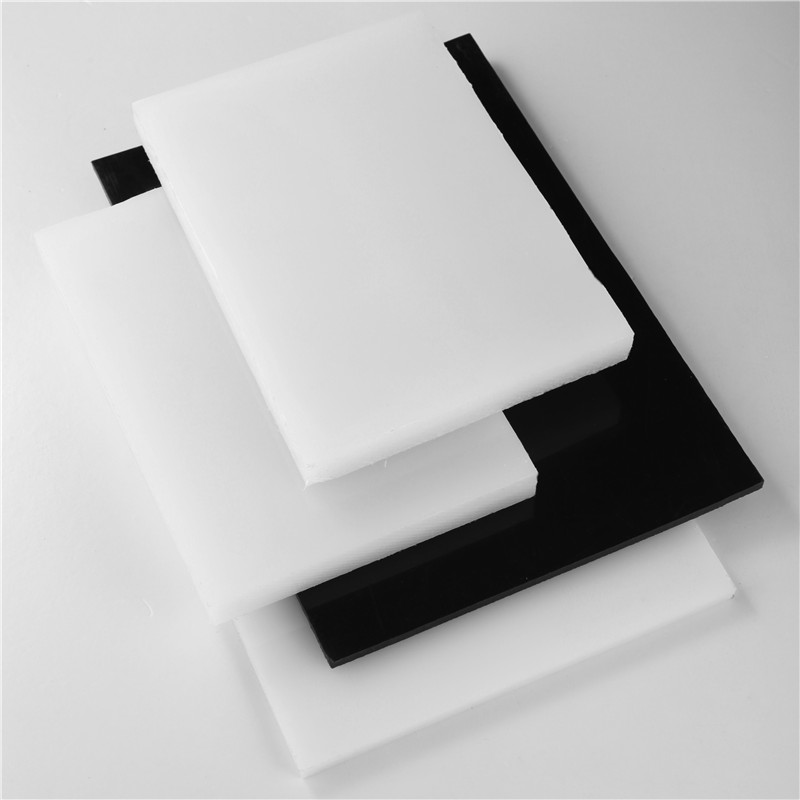Dec . 04, 2024 06:23 Back to list
Application of PP Rigid Sheets in Modern Industry and Packaging Solutions
Exploring the Applications and Properties of PP Rigid Sheet
Polypropylene (PP) rigid sheet is a widely used thermoplastic material that has garnered significant attention in various industries due to its unique properties and versatility. This engineering material is part of the polypropylene family, which is known for its lightweight, durability, and excellent chemical resistance. In this article, we will delve into the characteristics, manufacturing processes, applications, and advantages of PP rigid sheets, highlighting why they have become a preferred choice in numerous applications.
Characteristics of PP Rigid Sheet
PP rigid sheets are characterized by their rigidity and strength, making them suitable for a wide range of applications. One of the most notable features of polypropylene is its low density, which contributes to its lightweight nature. This property not only makes it easy to handle and transport but also enables manufacturers to create products that are cost-effective in terms of shipping and storage.
In addition to its physical properties, PP rigid sheets exhibit excellent chemical resistance. This makes them ideal for use in environments where they may be exposed to corrosive substances, including acids and alkalis. Furthermore, PP is known for its high impact resistance, which is particularly important for products that must withstand abrasion and mechanical stress.
Another significant property of PP rigid sheets is their ability to withstand high temperatures. Polypropylene can maintain its structural integrity even at elevated temperatures, making it suitable for applications that require thermal stability. Additionally, it can be easily colored, allowing for customization to meet specific aesthetic or brand requirements.
Manufacturing Processes
The production of PP rigid sheets typically involves several key processes, including extrusion, thermoforming, and co-extrusion.
1. Extrusion In this process, polypropylene pellets are heated and melted before being forced through a die to form sheets. The thickness of the sheets can be adjusted by controlling the extrusion speed and die size.
2. Thermoforming This method involves heating PP sheets until they become pliable and then shaping them into the desired form using molds. This technique is commonly used in packaging and product manufacturing.
3. Co-extrusion Co-extrusion combines two or more layers of different materials to create a multi-layered PP sheet. This method provides enhanced properties, such as improved barrier performance and added aesthetic appeal.
Applications of PP Rigid Sheet
The applications of PP rigid sheets are vast and varied, with their use spanning numerous industries
. Some of the key applications includepp rigid sheet

- Packaging PP rigid sheets are commonly used in the packaging industry for producing containers, trays, and boxes. Their strength and lightweight nature make them ideal for protecting products during transportation.
- Automotive In the automotive sector, PP rigid sheets are used for interior components, such as dashboards and door panels. Their ability to resist heat and chemicals makes them suitable for automotive applications.
- Medical The medical industry extensively employs PP rigid sheets for manufacturing medical devices and packaging due to their non-toxic properties and ease of sterilization.
- Construction In construction, PP rigid sheets are used as building materials, insulation, and for creating durable, lightweight structures.
Advantages of PP Rigid Sheet
The advantages of using PP rigid sheets make them a preferred material in many applications.
1. Cost-Efficiency The lightweight nature of PP rigid sheets not only lowers shipping costs but also reduces the overall manufacturing costs.
2. Sustainability Polypropylene is recyclable, and many manufacturers are now focusing on producing sheets using recycled materials, contributing to more sustainable practices.
3. Versatile Applications The adaptability of PP rigid sheets allows them to be used across different sectors, including packaging, automotive, medical, and construction.
4. Customization The ability to produce PP sheets in various colors and thicknesses provides manufacturers with the flexibility to meet specific project requirements.
Conclusion
In conclusion, PP rigid sheets stand out as a versatile and durable material suitable for a wide range of applications. Their unique properties, combined with cost-efficiency and sustainability, make them an attractive choice for industries like packaging, automotive, medical, and construction. As demand continues to grow for reliable and versatile materials, PP rigid sheets are likely to see increased usage and innovation in their applications, solidifying their place as a material of choice across various sectors.
-
High-Quality PPR Pipes and Fittings Durable ERA PPR & PVC PPR Solutions
NewsJul.08,2025
-
Black HDPE Cutting Board - Durable, Non-Porous & Food Safe HDPE Plastic Cutting Board
NewsJul.08,2025
-
High-Quality CPVC Panel Durable HDPE & PVC Panels Supplier
NewsJul.08,2025
-
Double PE Welding Rod Supplier - High Strength, Durable & Versatile Welding Solutions
NewsJul.07,2025
-
High-Quality PVC-O Pipe Supplier Durable 75mm PVC Pipe & Connections Leading PVC Pipe Company
NewsJul.07,2025
-
HDPE Drainage Pipe Supplier – Durable & Corrosion-Resistant Solutions
NewsJul.06,2025

